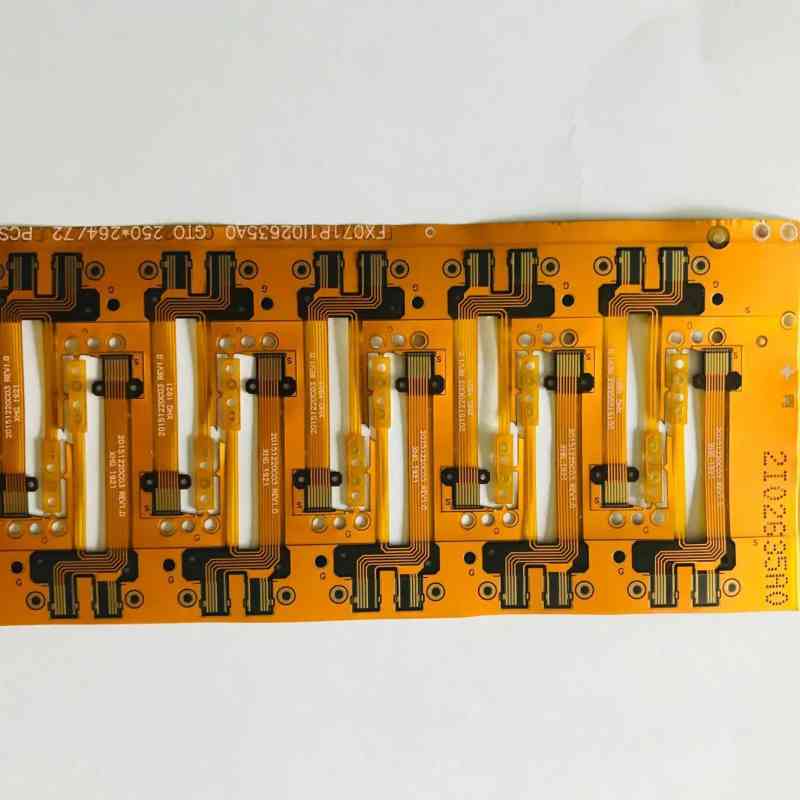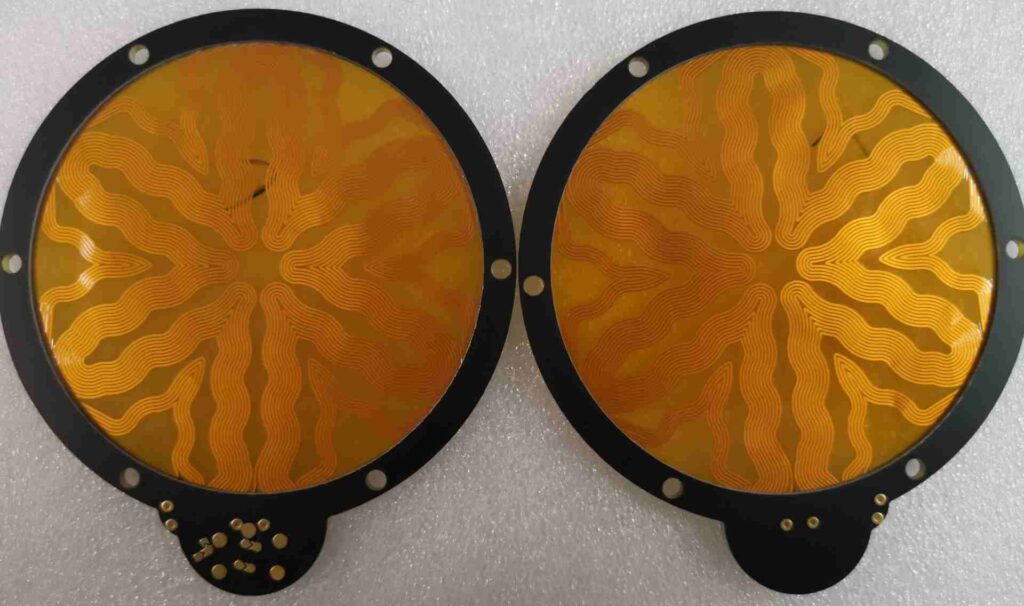The human body has different types of joints that connect bones and allow movement. Joints provide the body with mobility and flexibility to perform various functions. There are three main types of flexible joints in the human body:
Ball and Socket Joints
What is a ball and socket joint?
A ball and socket joint is a highly mobile joint that allows rotational movement in many directions. This type of joint fits together like a ball fitting inside a socket. The rounded end of one bone fits into the cup-like depression of another bone. This structure allows the bones to move fluidly against each other, enabling flexibility and a wide range of motion.
Some examples of ball and socket joints in the body include the hips and shoulders. At the hip joint, the round head of the femur (thigh bone) rotates and glides around inside the acetabulum (hip socket) of the pelvis. This gives the ability to move the leg forward, backward, and rotate it outward. At the shoulder joint, the hemispherical head of the humerus (upper arm bone) fits into the glenoid cavity (shoulder socket) of the scapula (shoulder blade). This allows the arm to swing in a circular motion, move forward and backward, and rotate at the shoulder.
What movements do ball and socket joints allow?
- Circumduction – circular movement of the limb
- Flexion – bending movement that decreases the angle between two bones
- Extension – straightening movement that increases the angle between two bones
- Abduction – movement away from the midline of the body
- Adduction – movement towards the midline of the body
- Rotation – twisting movement around the joint
The combination of these motions gives ball and socket joints their remarkable flexibility and range of motion. The hip and shoulder joints are the most mobile ball and socket joints in the body.
How is movement facilitated in ball and socket joints?
Ball and socket joints have anatomical structures that enhance their mobility:
- The rounded, ball-shaped surface of one bone is completely enclosed by the concave, socket-shaped surface of the connecting bone. This allows a close fit and freedom of movement.
- The socket is lined with cartilage, which provides a smooth surface for the ball to glide against. This reduces friction.
- The joint capsule that encloses the joint is loose and flexible.
- Ligaments reinforce the joint capsule and hold the bones together. But they are lax enough to permit free movement.
- Muscles acting on the joint can control precise positioning and fine movements.
The combination of these factors – the shape of the bones, low friction cartilage, flexible joint capsule and ligaments, and surrounding muscles – all contribute to the exceptional mobility of ball and socket joints.
Hinge Joints

What is a hinge joint?
A hinge joint is a type of synovial joint that functions similar to the hinge on a door, allowing bones to bend and straighten in one direction along one axis. The joint is designed for stability and limited motion.
In a hinge joint, the convex end of one bone fits into the concave end of the adjoining bone. This forms a simple pivoting mechanism that only allows for flexion and extension. Other movements like rotation are not possible.
Examples of hinge joints in the body include the elbow, knee, ankle, fingers, and toes. At the elbow, the humeroulnar joint acts as a hinge that allows the lower arm to bend and straighten at the elbow. The knee joint works as a modified hinge joint that permits very slight internal and external rotation, in addition to flexion and extension of the leg.
What movements do hinge joints allow?
Hinge joints allow bones to move along one axis in a back-and-forth motion. The main movements permitted include:
- Flexion – decreasing the angle between two bones at the joint
- Extension – increasing the angle between two bones by straightening the joint
Flexion allows bending of the joint, while extension allows straightening. For example, bending the elbow is flexion, while straightening it is extension.
In some hinge joints, very slight rotation or gliding movements are possible, in addition to flexion and extension. But the primary motion is angular movement in a single plane.
How is movement facilitated in hinge joints?
Hinge joints have anatomical features that promote stable rotation in one plane:
- The cylindrical end of one bone fits neatly into the groove of the adjoining bone, permitting only flexion and extension.
- A joint capsule attaches to both bones and encloses the joint space. It is loose on the sides that bend but tighter in other areas.
- Collateral ligaments on each side provide reinforcement and prevent abnormal side-to-side movements.
- On the sides of the joint that bend, the capsule has synovial folds called menisci. These add stability.
- Muscles and tendons crossing the joint control the range of motion. Some muscles aid flexion while others assist extension.
The architecture of hinge joints allows bending in one plane for stable function of the hands, feet, limbs, and digits.
Pivot Joints
What is a pivot joint?
A pivot joint is a synovial joint that allows rotational movement around a central axial bone. One bone rotates around another, which remains stationary, like a shaft spinning around an axis. Pivot joints permit turning or tilting without other motions.
Examples of pivot joints are at the base of the neck between the C1 (atlas) and C2 (axis) vertebrae. This joint provides the side-to-side rotation of the head and neck. Other pivot joints are present in the forearm bones and in the ring finger and big toe.
What movements do pivot joints allow?
Pivot joints allow bones to rotate around each other in a pivoting action. The main movements are:
- Rotation – twisting movement of a bone as it revolves around its own longitudinal axis
- Circumduction – circular or conical movement as the bone pivots around another bone
For example, at the atlantoaxial joint of the neck, the axis vertebra rotates around the atlas vertebra, allowing the head to turn side-to-side. Other pivot joints permit slight rotation of the forearm and hand bones.
How is movement facilitated in pivot joints?
Pivot joints have unique anatomical structures tailored for rotation:
- One bone has a vertical, cylindrical projection that fits into a ring formed partly by ligaments and a shallow socket on another bone.
- The joint capsule is loose to allow rotational movement but reinforced by surrounding ligaments.
- A strong collateral ligament on each side of the joint braces the joint.
- The shallow socket and tight ligaments prevent dislocation while permitting rotation around the central axis.
- Muscles control the degree of rotation during pivoting motions.
The articulating surfaces and ligament support of pivot joints make them ideal for allowing one bone to rotate while the other remains stationary. Their design enables the twisting, turning motions of body parts.
Comparison of the Three Types of Flexible Joints

| Joint Type | Example | Movement |
|---|---|---|
| Ball and Socket | Shoulder, hip | Multi-axial (flexion, extension, abduction, adduction, rotation, circumduction) |
| Hinge | Elbow, knee | Uniaxial (flexion, extension) |
| Pivot | Neck (C1-C2 vertebrae) | Uniaxial (rotation) |
In summary, ball and socket joints like the shoulder and hip allow the greatest freedom of movement through a wide range of motion. Hinge joints like the elbow and knee permit more stable flexion and extension in a single plane. Pivot joints like in the neck provide rotational movement for precise positioning of body structures. Together, these three major types of flexible joints give the body versatility and mobility to perform many daily functions.
Frequently Asked Questions
What are the main differences between ball and socket joints and hinge joints?
The main differences between ball and socket joints and hinge joints are:
- Ball and socket joints allow movement in multiple planes and axes (multi-axial) while hinge joints only allow movement back and forth in one plane (uniaxial).
- Ball and socket joints such as the shoulder and hip are more mobile and have greater range of motion. Hinge joints like the elbow and knee provide more stability and are specialized for flexion and extension.
- The rounded end of one bone in ball and socket joints can glide and rotate freely in the cup-shaped end of another bone. Hinge joints have a cylindrical bone that rotates in the groove of another bone.
- Ball and socket joints rely more on the surrounding muscles for control and stability. Hinge joints have more intrinsic stability from their shape and ligament reinforcements.
- Examples of ball and socket joints are the shoulder and hip. Examples of hinge joints are the elbow, knee, and ankle.
How is the range of motion different between pivot joints and hinge joints?
The main difference between the range of motion in pivot joints compared to hinge joints is that pivot joints allow for rotational movement, while hinge joints only allow for flexion and extension in one plane.
Specifically:
- Pivot joints like the atlantoaxial joint in the neck allow for rotation around a central point as one bone pivots on another.
- Hinge joints like the elbow and knee act similarly to a door hinge, allowing only for bending and straightening along one axis.
- Pivot joints allow for twisting, turning motions. Hinge joints do not permit rotation.
- Pivot joints enable changes in orientation like turning the head side-to-side or tilting the hand. Hinge joints facilitate simpler back-and-forth bending motions.
So while hinge joints permit only one plane of motion, pivot joints allow for rotational movement for greater positioning and reorientation of body parts.
What structures allow for the movements permitted by ball and socket joints?
Ball and socket joints rely on several anatomical structures to enable their free mobility:
- The rounded, ball-shaped head of one bone fits into the concave, cup-shaped socket of another bone. This ball-in-socket structure allows rotational and multi-planar movements.
- The joint is surrounded by a loose, flexible joint capsule that permits a wide arc of motion.
- Ligaments reinforce the capsule but are relaxed enough to allow large motions.
- A layer of smooth cartilage covers the surfaces of both bones at the joint, allowing them to glide against each other with minimal friction.
- Powerful muscles surrounding the joint contract to control precise movements and provide joint stability.
- The extensive motion range is made possible by the shape of the articulating bones, flexible capsule and ligaments, low-friction cartilage, and strength of surrounding muscles working together.
So the combination of anatomical design, ligamentous support, and muscular control enables ball and socket joints like the shoulder and hip to achieve impressive flexibility of movement in all planes.






Leave a Reply